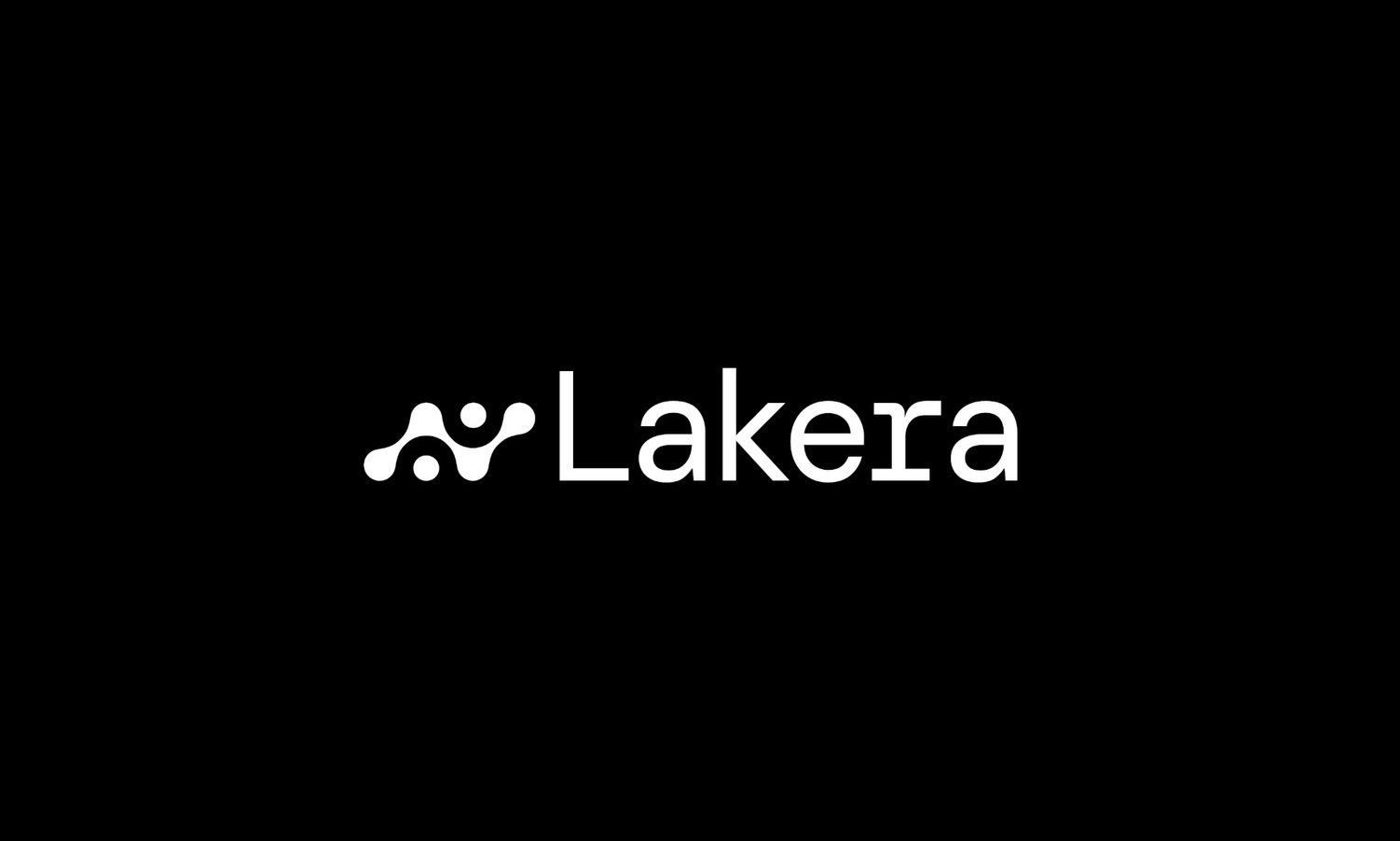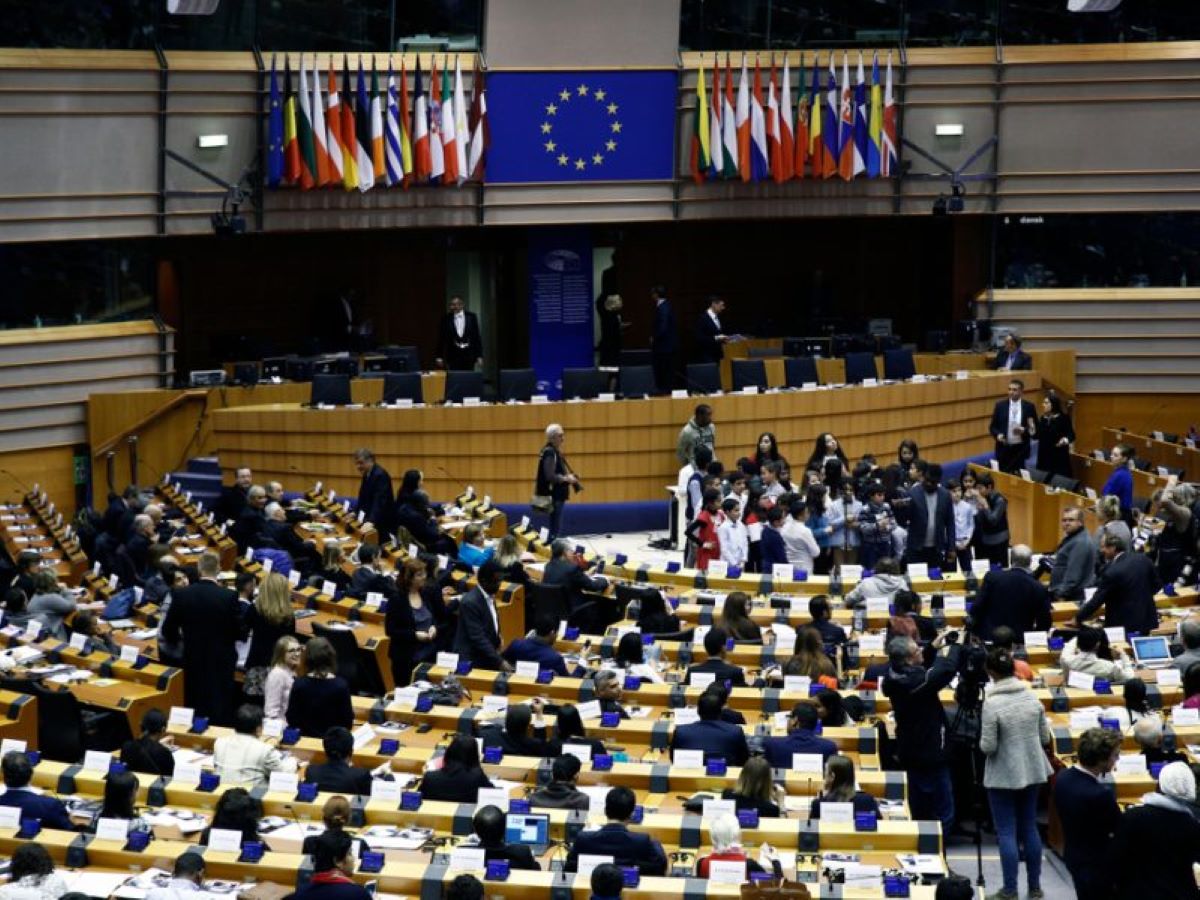The European Union’s AI Act, a comprehensive plan to regulate the use of artificial intelligence, has overcome a significant obstacle on its journey to adoption. Member State representatives have voted to confirm the final text of the draft law, marking a crucial step forward in the process.
Key Takeaway
The European Union’s AI Act has received confirmation from Member State representatives, signaling a major advancement towards its adoption.
Regulating Artificial Intelligence
The AI Act is a pioneering milestone, as it represents the first set of rules for AI within the European Union. The primary objective is to ensure the safe and ethical use of AI, while upholding fundamental rights.
Prohibited Uses and Governance Rules
The planned regulation outlines a series of prohibited uses of AI, particularly those deemed to pose unacceptable risks. This includes the prohibition of AI for social scoring. Additionally, governance rules are established for high-risk applications of AI, where potential harm to health, safety, fundamental rights, environment, democracy, and the rule of law is a concern. The legislation also imposes transparency requirements on certain AI applications, such as AI chatbots. However, it’s important to note that low-risk AI applications fall outside the scope of the law.
Unanimous Backing and Implications
The unanimous backing of the final text by all 27 ambassadors of EU Member States is a significant development. This vote of confidence alleviates concerns surrounding potential opposition and ensures the progression of the regulation. The upcoming votes in the European Parliament are expected to align with this consensus, further solidifying the path to adoption.
Implementation Timeline
Upon adoption, the Act will come into force 20 days after its publication in the EU’s Official Journal. A phased implementation period will follow, with specific timelines for the application of various rules. For instance, there will be a grace period of six months before the list of banned uses of AI takes effect, and foundational models will be subject to the regulations starting in 2025.
Regulatory Oversight and Support Measures
The Commission is already taking steps to establish an AI Office responsible for overseeing compliance, particularly for more powerful foundational AI models posing systemic risks. Furthermore, efforts to bolster the prospects of domestic AI developers are underway, including the reconfiguration of the EU’s supercomputer network to facilitate the training of generative AI models.
With the final hurdle cleared, the EU’s AI Act is poised to become law in the coming months, marking a significant advancement in the regulation of artificial intelligence within the European Union.

























